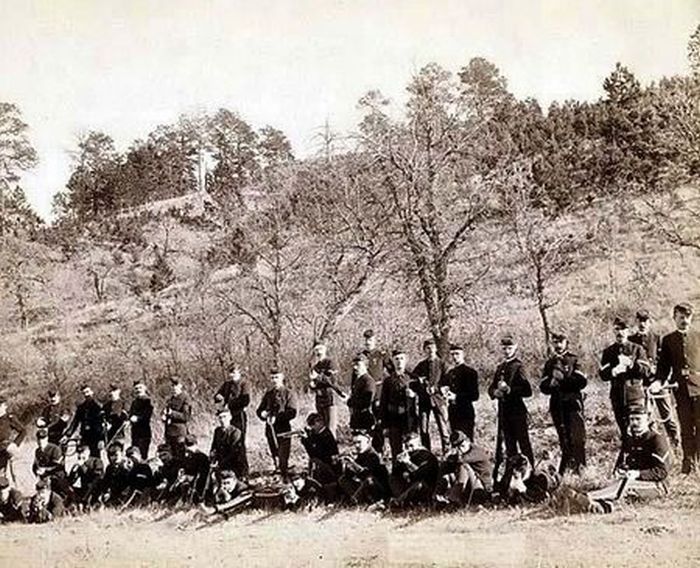|
|
History: American Old West, United States
|
• Fur trade
The quest for furs was the primary commercial reason for the exploration and colonizing of North America by the Dutch, French, and British. The Hudson's Bay Company, promoting British interests, often competed with French traders who had arrived earlier and had been already trading with indigenous tribes in the northern border region of the colonies. This competition was one of the contributing factors to the French and Indian War in 1763. British victory in the war led to the expulsion of the French from the American colonies. French trading continued, however, based in Montreal. Astor's move into the Northwest was a major American attempt to eat with the established French and English traders.
As the frontier moved westward, trappers and hunters moved ahead of settlers, searching out new supplies of beaver and other skins for shipment to Europe. The hunters proceeded and followed Lewis and Clark to the Upper Missouri and the Oregon territory; they formed the first working relationships with the Native Americans in the West. They also added extensive knowledge of the Northwest terrain, including the important South Pass through the central Rocky Mountains. Discovered about 1812, it later became a major route for settlers to Oregon and Washington.
The War of 1812 did little to change the boundaries of the United States and British territories, but its conclusion led to the nations' agreement to make the Great Lakes neutral waters to both navies. Furthermore, competing commercial claims by the UK and the U.S. led to the Anglo-American Convention of 1818. This resulted in their sharing the Oregon territory until a decades later resolution. By 1820, with the fur trade depressed, distances to supply increasing, and conflicts with native tribes rising, the trading system was overhauled by Donald Mackenzie of the North West Company and by William H. Ashley. Previously, Indians caught the animals, skinned them, and brought the furs to trading posts such as Fort Lisa and Fontenelle's Post, where trappers sent the goods down river to St. Louis. In exchange for the furs, Indians typically received calico cloth, knives, tomahawks, awls, beads, rifles, ammunition, animal traps, rum, whiskey, and salt pork.
|
|









